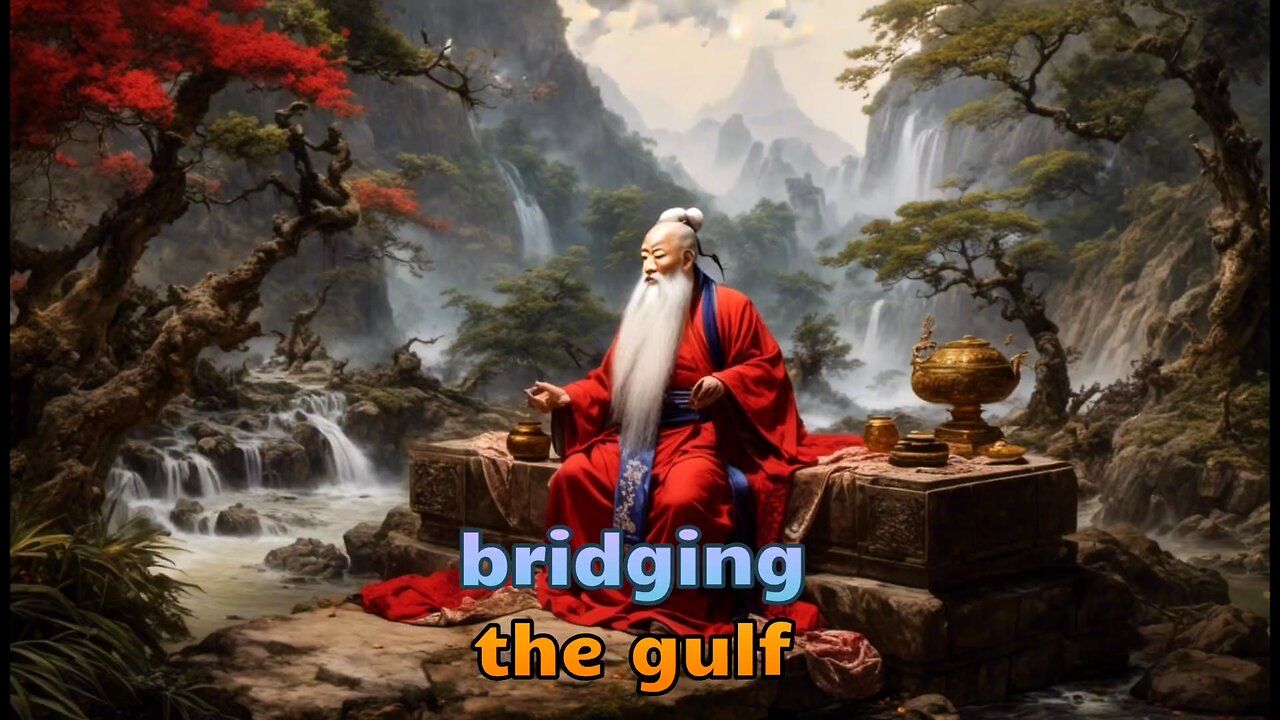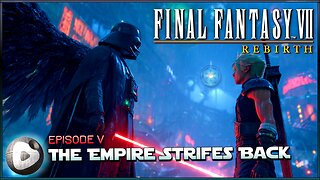Premium Only Content

From Manger to Tao: Exploring the Origins & Afterlife of Jesus & Lao Tzu
#Jesus #LaoTzu #SpiritualOrigins #AfterlifeJourney #FaithAndPhilosophy #Taoism #Christianity #WisdomTraditions #newvideo #new #fyp
Jesus of Nazareth and Lao Tzu stand as towering pillars of spiritual imagination, each shaping vast religious traditions with their visions of origin and fate beyond death. Though they emerged nearly six centuries apart, Jesus in 1st-century Roman Palestine and Lao Tzu in 6th-century BCE China, their teachings invite seekers to contemplate where we come from and where we’re headed. Jesus’s narrative opens with a miraculous birth heralded by angels and shepherds, framing him as both divine and human. Lao Tzu’s story, woven into Taoist lore, paints him as a wise hermit born old and destined to vanish into legend. Together, these two figures sketch very different beginnings that nonetheless beckon toward a shared wonder about life’s deepest mysteries.
The Christian account presents Jesus’s origin as an act of cosmic love: God incarnates in a humble manger, bridging the gulf between heaven and earth. This miraculous conception underpins Christianity’s central hope that divinity embraces the human condition. In contrast, Lao Tzu’s beginnings are enveloped in mythic ambiguity. Some say he emerged from a shooting star or was carried in his mother’s womb for eighty-two years before birth, symbols of his innate unity with the Tao, the ineffable source of all existence. In both traditions, birth stories are far more than historical footnotes; they serve as theological signposts, beckoning followers to recognize that life’s roots extend beyond mere biology into the realm of the sacred.
Jesus’s teachings center on the Kingdom of God, an inaugurated reality that transforms individual hearts and social structures alike. He invites listeners to repent, believe, and abide in love, promising that this spiritual rebirth reorients humanity toward eternal life. Lao Tzu, by contrast, urges alignment with the Tao through effortless action (wu wei), humility, and natural simplicity. He doesn’t speak of repentance or sin so much as of unlearning the ego’s frantic striving. Yet both teachers converge on a transformative path: Jesus through the grace that remakes the soul, Lao Tzu through the quiet surrender that restores harmony with the cosmos.
When it comes to the afterlife, Christianity and Taoism diverge sharply. Jesus proclaims bodily resurrection and judgment, each soul destined for communion with God in heaven or separation in hell. His promise of “eternal life” hinges on faith in him, ensuring that death is a transition rather than an end. Taoist perspectives, however, are more diffuse. While classical Taoism speaks of spiritual immortality, shou (longevity) and xian (transcendent beings), it offers no single, codified afterlife scenario. Instead, the goal is to merge with the Tao itself, dissolving distinctions between life and death. Ancestors remain honored spirits, and sages may transcend mortality altogether, yet the emphasis lies on harmonizing one’s spirit now, rather than awaiting a final judgment.
By exploring these two luminous traditions side by side, we discover both contrast and complement. Jesus’s narrative gives believers a clear beginning in Bethlehem and a decisive end in resurrection, a story arc of divine initiation and eschatological fulfillment. Lao Tzu gives us a cyclical vision: birth and death as fleeting moments within the boundless flow of the Tao. Christians and Taoists alike, however, share a conviction that existence is more than flesh and bone. Whether through faith in a risen savior or through dissolution into the cosmic way, both pathways beckon us to transcend the apparent limits of mortality and glimpse the timeless ground from which all life springs.
-
 56:20
56:20
Steven Crowder
1 day agoEXPLAINED: Is America Headed For a Market Crash?
144K106 -
 LIVE
LIVE
KammieKamz
4 hours agoThe Queen of COD 👑 - BF6 & COD Stream
83 watching -
 LIVE
LIVE
S0lidJ
1 hour ago🟢Live -S0lidJ - This Game Is A Blast
19 watching -
 21:38
21:38
Professor Nez
6 hours agoHE'S BACK! Elon Musk EVISCERATES Biden Judge Over Big Balls Verdict
24.7K54 -
 LIVE
LIVE
JdaDelete
14 hours ago $0.06 earnedFinal Fantasy VII Rebirth | The Empire Strifes Back
17 watching -
 19:39
19:39
TimcastIRL
1 day agoTim Pool Wins $1 Million Bet During Debate Against Liquid Death CEO
242K108 -
 LIVE
LIVE
ttvglamourx
6 hours ago $4.72 earnedHAPPY SUNDAY<3 !DISCORD
97 watching -
 13:50
13:50
Nikko Ortiz
1 day agoStop Hurting Yourself For Views.
69.3K21 -
 LIVE
LIVE
Lofi Girl
2 years agoSynthwave Radio 🌌 - beats to chill/game to
122 watching -
 37:47
37:47
Welker Farms
1 day ago $15.97 earnedWEIGHT and COST Finally Revealed! Monster BIG BUD!
61.5K11